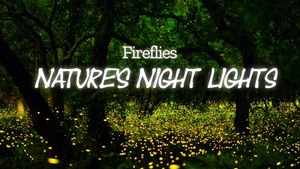Standard CFLs don't operate very well in cold weather, but there is a type of compact fluorescent that excels in all temperatures: the cold cathode compact fluorescent light bulbs.
One of the biggest disadvantages to the modern day CFL bulb is its ineffectiveness in relatively cold temperatures (typically 40 degrees or below). For anyone who has faced this problem in the past—you’re in luck! Cold cathode CFL light bulbs are designed to withstand the cold temps that put their regular CFL counterparts out of commission.

Traditional CFL bulbs have a tungsten filament on either end of the coiled section of the bulb, which is heated once the lamp is switched on. This heat causes the mercury dust in the tube to light up—which is why this type of technology is known as a “hot cathode” CFL. Cold cathode bulbs leave out the tungsten filament, and instead employ higher voltages to excite the mercury and create light.
Instead of these filaments, cold cathode bulbs use a solid metal thimble which are significantly stronger and more durable than tungsten filaments. This is why cold cathode CFLs are able to function in rough service applications and cold temperatures that would quickly ruin a regular CFL bulb. Since cold cathode bulbs do not need to reach a high temperature to operate, they can easily light up in temperatures as low as -10 degrees Fahrenheit.
Cold cathode CFL bulbs are a great option for someone with a rough service/outdoor application looking to save money on energy and lighting costs. Before cold cathode bulbs, it was simply not possible to have energy-efficient lighting in these types of applications. Now, one can easily run CFL bulbs outdoors during the winter without a second thought!


